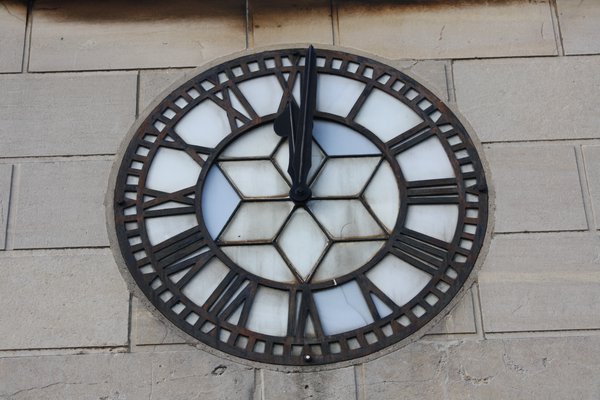Plans for an important clock
This post was written by James Nye
St Luke’s church (c.1825) in West Norwood, London, has an extremely fine clock (c.1827) by Benjamin Lewis Vulliamy, costing some 3 per cent of the budget for the church and the equivalent of several hundred thousands of modern pounds.

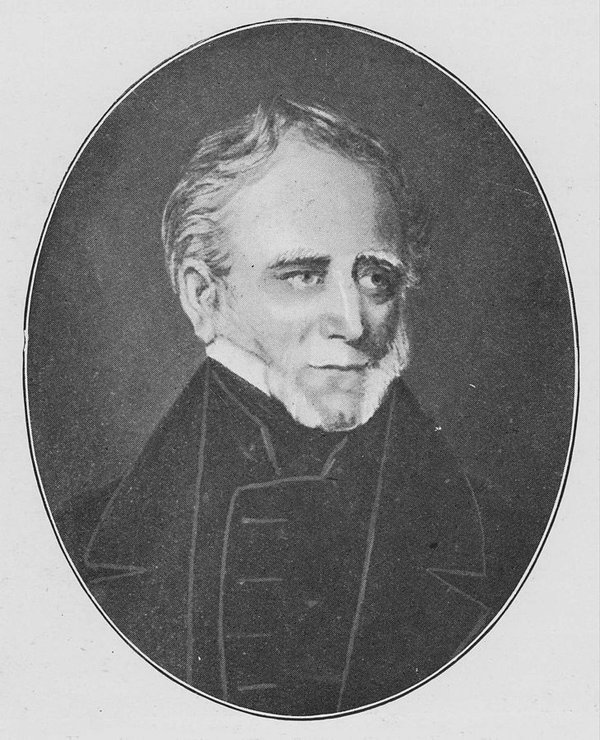
It is probably the first flat-bed turret clock in England, embodying ideas developed by Vulliamy on recent Continental travels.
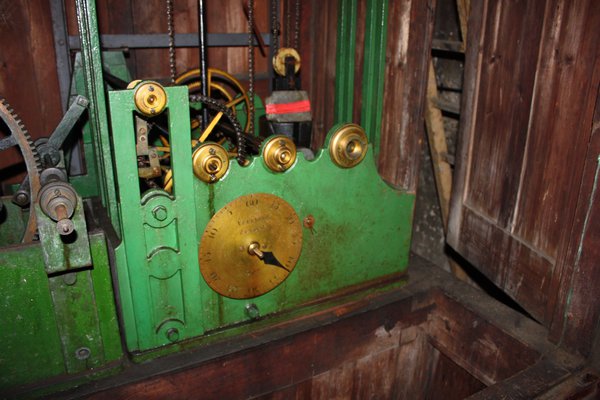
Vulliamy’s clocks were substantially more expensive than those of his competitors, but he boldly claimed they would outperform and outlive cheaper alternatives. While it may not presently be working, a recent survey of St Luke’s revealed a very high quality clock, still in remarkable order.
Clock towers are deeply inhospitable environments, cycling in temperature between plus 40 degrees C and falling below zero – with humidity varying from low to 100 per cent over time.
The natural modern trend to move away from weekly attendance by a clock winder necessitates auto-winding, but St Luke’s system has failed.
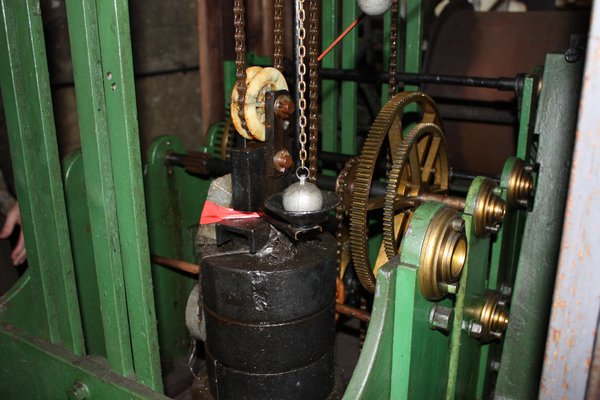
There are further problems. Vulliamy’s slate dials were replaced with opal glazed versions in 1928, but the putty fixing of the panels has dried to a cement-like hardness, and the lack of flexibility allows for cracking of the glass, as the cast iron tracery expands and contracts.
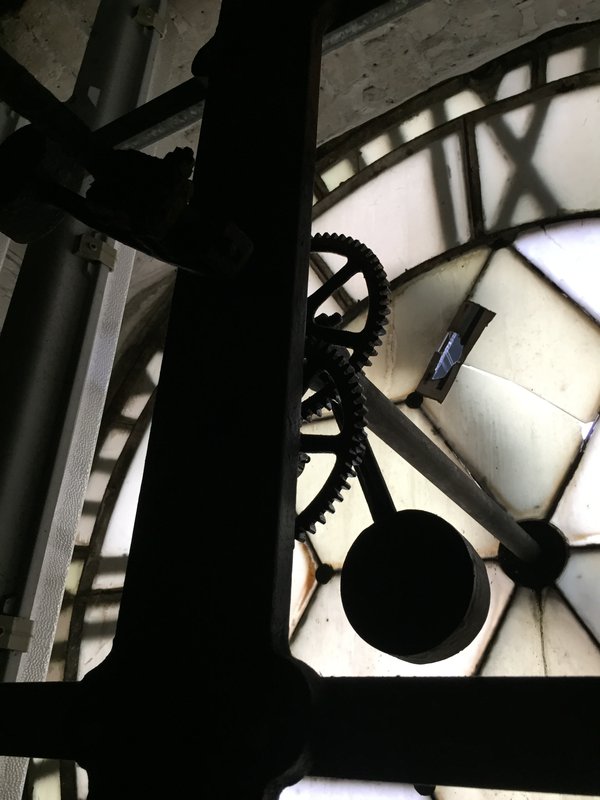
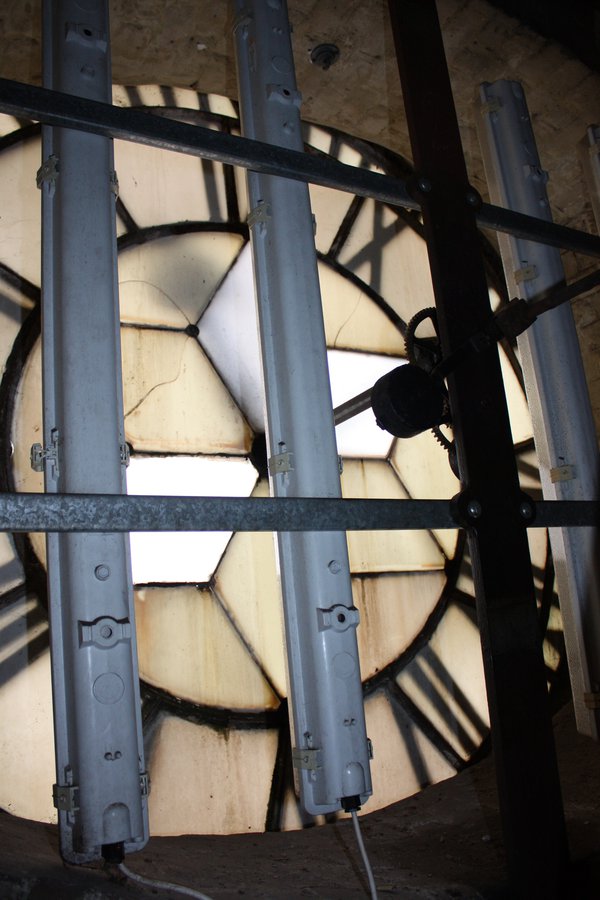
Moisture can creep in, leading to ‘rust-jacking’. Several panels failed long ago, being replaced in wholly unsuitable plastic, offering a patchwork impression at night. Many other panels are cracked, and the eventual failure of the glazing is certain, while the clock room suffers.
The church is now launching a substantial project to repair the clock, add new auto-winding and auto-regulation, but, significantly and most expensively, also to repair all four dials with new opal glass.
This is a project of great significance to the community of West Norwood – the clock is highly visible and a symbol of local civic pride over two centuries.
Action and pressure from the local community has led to the present proposals for a project to restore the clock to function. Fortunately, a number of different members of the Society have also been offer to valuable input and assistance, and fundraising is well underway.
